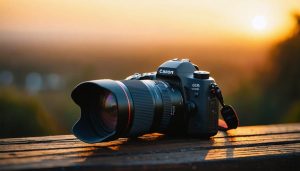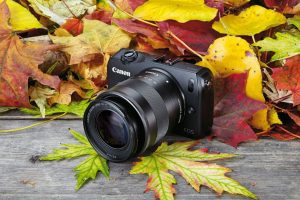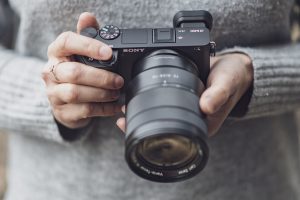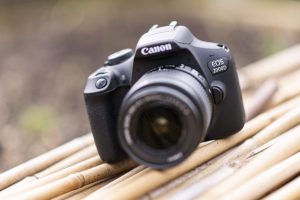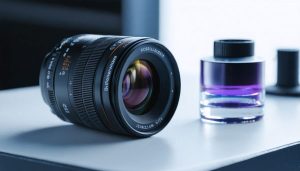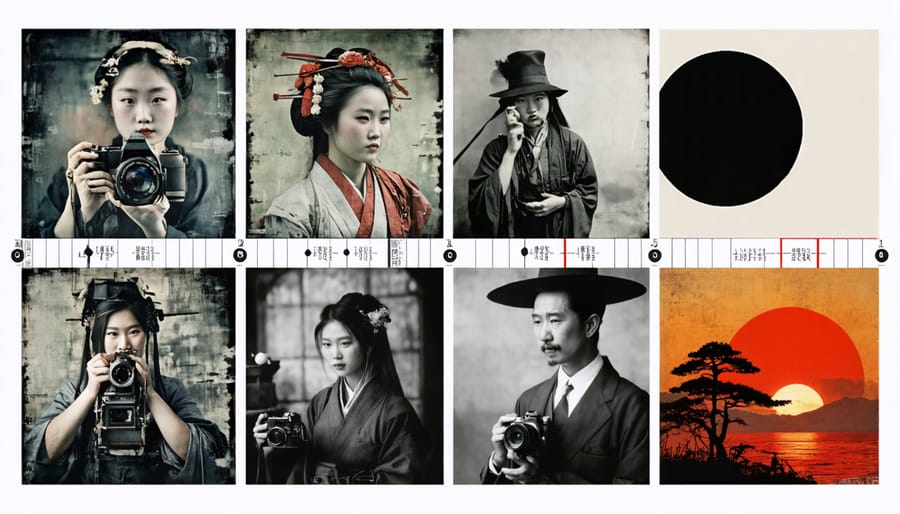
In the quiet streets of 1850s Edo (modern-day Tokyo), Japan’s first encounter with photography marked the beginning of a revolutionary artistic journey that would reshape global visual culture. When Dutch traders introduced the daguerreotype to Japanese shores, they ignited a passion that would transform both technical innovation and artistic expression for generations to come.
From the pioneering work of Ueno Hikoma, who established Japan’s first commercial photography studio in 1862, to the groundbreaking innovations of companies like Nikon and Canon in the twentieth century, Japanese photography has consistently pushed the boundaries of what’s possible through a lens. This remarkable evolution blends traditional Japanese aesthetic principles—wabi-sabi, mono no aware, and ma—with cutting-edge technological advancement.
The story of Japanese photography is not just about technical mastery; it’s about a unique visual language that emerged from the intersection of East and West. As Japan rapidly modernized during the Meiji period (1868-1912), photographers like Kusakabe Kimbei and Felice Beato created striking images that documented a nation in transition, preserving traditional culture while embracing modern innovation.
This rich photographic heritage continues to influence contemporary image-making worldwide, from the stark urban realism of Moriyama Daido to the dreamlike compositions of Araki Nobuyoshi. Japanese photography’s journey from imported curiosity to global cultural force offers invaluable insights into how technical precision and artistic vision can combine to create something truly extraordinary.
The Dawn of Japanese Photography (1850-1900)
Western Influence and Local Innovation
When Western photography techniques first reached Japan’s shores in the 1850s, Japanese photographers approached these historic photo processes with their characteristic blend of respect for tradition and innovative spirit. Rather than simply copying Western methods, they integrated these new tools with their existing artistic principles, creating a unique photographic language.
Japanese photographers maintained their cultural appreciation for negative space (ma) and the subtle interplay of light and shadow, while mastering the technical aspects of Western camera equipment. This fusion was particularly evident in how they composed their shots, often incorporating traditional aesthetic concepts like wabi-sabi (the beauty of imperfection) into their photographic work.
The adaptation of Western technology wasn’t just about technical proficiency; it was a creative dialogue between two distinct visual cultures. Early Japanese photographers like Ueno Hikoma and Kusakabe Kimbei brought their understanding of traditional Japanese art principles to photography, creating images that spoke to both Eastern and Western sensibilities.
This period of cultural exchange laid the groundwork for Japan’s later innovations in camera technology and photographic style. The careful balance between adopting new techniques while preserving cultural identity would become a defining characteristic of Japanese photography, influencing generations of photographers worldwide.
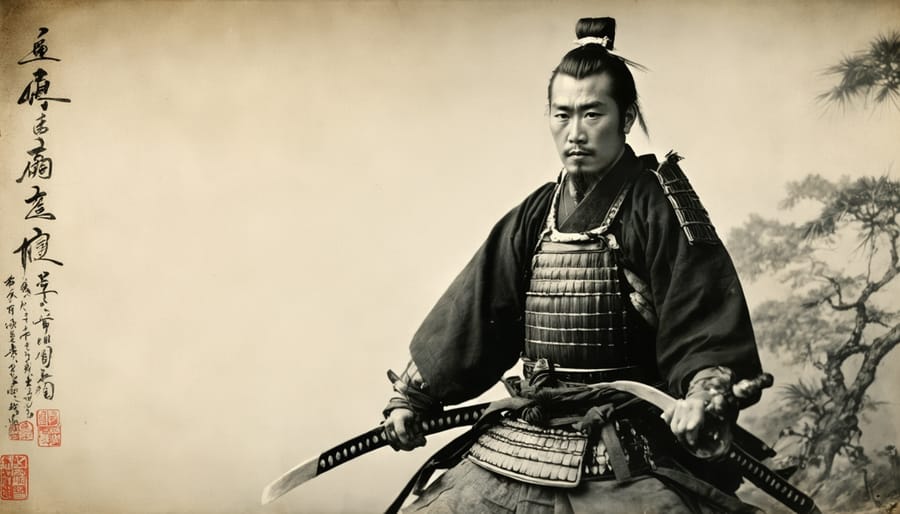
First Japanese Camera Makers
Japan’s journey into camera manufacturing began in the early 1900s, with the pioneering efforts of several visionary entrepreneurs. In 1907, the first Japanese-made camera, the Cherry Hand Camera, was produced by the Tokyo Arsenal. This groundbreaking achievement, though modest by modern standards, marked the beginning of Japan’s influential role in photography technology.
The 1920s saw the emergence of companies that would later become photography powerhouses. Konishi Honten (later Konica) introduced the Lily Hand Camera in 1923, while Seiki Kogaku Kenkyusho (which evolved into Canon) began developing Japan’s first 35mm focal-plane-shutter camera in 1934. Nippon Kogaku K.K. (now Nikon) initially focused on producing optical glass and lenses before entering camera production.
These early manufacturers faced significant challenges, particularly in competing with established German brands like Leica and Zeiss. However, they differentiated themselves through meticulous attention to detail and innovative engineering approaches. The period between 1925 and 1940 saw remarkable improvements in Japanese optical glass production and precision manufacturing techniques.
A defining characteristic of early Japanese camera makers was their commitment to making photography more accessible to the general public. They achieved this by developing high-quality cameras at more affordable price points than their Western counterparts, while maintaining excellent build quality and reliability. This approach would later become a hallmark of Japanese camera manufacturing and significantly influence the global photography industry.
The Rise of Japanese Camera Industry (1920-1950)
Birth of Canon and Nikon
The story of Japan’s most iconic camera manufacturers begins in the tumultuous years following World War I. In 1933, Goro Yoshida and his brother-in-law Saburo Uchida established Precision Optical Instruments Laboratory, which would later become Canon. Their first project was creating a prototype of Japan’s first 35mm focal-plane-shutter camera, inspired by the German Leica cameras that dominated the market at the time.
Meanwhile, Nippon Kogaku K.K. (later Nikon) was founded in 1917, initially focusing on optical equipment for Japan’s military. The company’s expertise in the evolution of camera lenses would later prove invaluable in their transition to consumer photography.
Both companies faced significant challenges during World War II but emerged stronger in the post-war period. Canon released its first original camera design, the Canon S-II, in 1946, while Nikon’s breakthrough came in 1948 with the Nikon I, their first production camera. These releases marked the beginning of Japan’s rise in the global photography market.
The 1950s proved transformative for both companies. Canon’s innovative rangefinder cameras gained international recognition, particularly among photojournalists. Nikon’s reputation soared when David Douglas Duncan, a Life magazine photographer, began using Nikon lenses to cover the Korean War, demonstrating Japanese optical excellence to the world.
This period laid the foundation for Japan’s dominance in camera manufacturing, with both companies establishing themselves as pioneers in photographic innovation and quality. Their rivalry would drive decades of technological advancement, benefiting photographers worldwide.
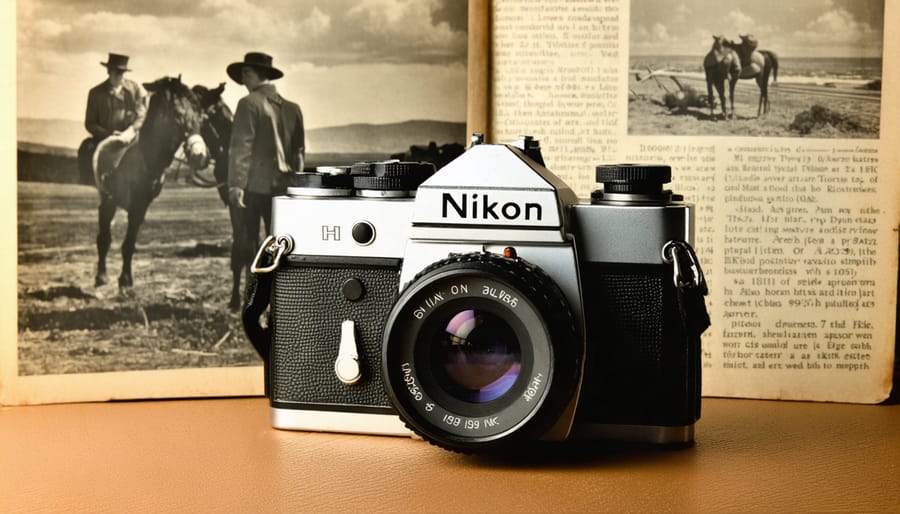
Post-War Renaissance
In the aftermath of World War II, Japan’s photography industry emerged from the ruins with remarkable resilience and determination. The occupation period paradoxically provided unique opportunities, as American servicemen became eager customers for Japanese cameras, helping to rebuild the industry from the ground up.
By the early 1950s, companies like Nikon, Canon, and Pentax began producing high-quality cameras that rivaled their German counterparts, often at more competitive prices. The breakthrough moment came when Life magazine photographer David Douglas Duncan began using Nikon lenses to cover the Korean War, dramatically showcasing Japanese optical excellence to the world.
This period saw the introduction of several innovative cameras that would change photography forever. The Nikon F (1959) became the world’s first comprehensive 35mm SLR system, setting a new standard for professional photography. Meanwhile, Canon’s development of high-quality rangefinder cameras challenged even the prestigious Leica.
Japanese manufacturers didn’t just rebuild – they revolutionized. They introduced advanced features like automatic exposure, improved light meters, and more reliable mechanical systems. The emphasis on precision manufacturing and quality control became hallmarks of Japanese camera production.
The renaissance wasn’t limited to hardware. Japanese photographers like Ihei Kimura and Ken Domon developed a distinctive documentary style that influenced global photographic trends. Their work, focusing on post-war Japanese society, helped establish a new photographic aesthetic that balanced technical precision with emotional depth.
This period laid the foundation for Japan’s eventual dominance in the global camera market, transforming from a nation rebuilding its industry to the world’s leading innovator in photographic technology.
Golden Age of Japanese Photography (1950-1980)
Revolutionary Camera Designs
Japan’s innovative spirit truly shined in camera design, introducing revolutionary concepts that transformed photography forever. In the 1950s, Nikon’s groundbreaking F series marked a pivotal moment, introducing the first comprehensive professional SLR system that integrated interchangeable lenses, motor drives, and viewfinders. This system approach became the industry standard, influencing camera design for decades to come.
The 1970s saw Olympus push boundaries with their OM series, proving that professional-grade cameras didn’t need to be bulky. The OM-1 was remarkably compact yet fully featured, challenging conventional wisdom about professional camera design. This miniaturization philosophy would later influence the entire industry’s approach to camera engineering.
Canon’s AE-1, launched in 1976, revolutionized photography by introducing microprocessor-controlled automation in a consumer-friendly package. This innovation made advanced photography techniques accessible to enthusiasts and helped democratize the art form. The success of the AE-1 established electronics as a crucial element in camera design.
Perhaps the most significant breakthrough came from Minolta in 1985 with the Maxxum 7000, the world’s first successful autofocus SLR with integrated motor drive. This development fundamentally changed how photographers worked, making fast, accurate focusing available to everyone.
The 1990s brought another Japanese innovation that would reshape photography: Fujifilm’s SuperCCD sensor technology. This unique approach to digital sensor design offered improved dynamic range and color reproduction, helping establish digital photography as a viable alternative to film.
These Japanese innovations weren’t just about technical achievements; they reflected a deep understanding of photographers’ needs. Each breakthrough made photography more accessible, more reliable, and more creative, while maintaining the high standards of quality that Japanese manufacturers had become known for. This combination of technical excellence and user-focused design continues to influence camera development today.
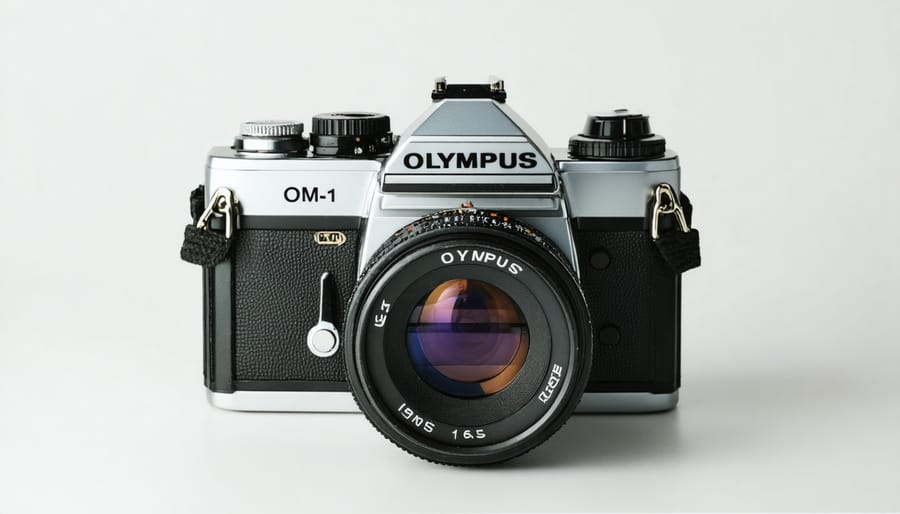
Influential Japanese Photographers
Japan’s photographic legacy has been shaped by visionary artists who masterfully blended traditional photography techniques with innovative approaches. Among these pioneers, Ihei Kimura stands out for his candid street photography that captured the essence of post-war Japan. His work in the 1950s documented the nation’s rapid transformation, creating an invaluable visual record of societal change.
Hiroshi Hamaya made his mark through powerful documentary photography, particularly his stark black-and-white images of rural Japan. His series “Snow Land” revealed the harsh beauty of winter life in isolated communities, earning him international acclaim and influencing documentary photographers worldwide.
The avant-garde vision of Eikoh Hosoe pushed boundaries through his surrealist approach. His collaboration with writer Yukio Mishima produced “Ordeal by Roses,” a series that revolutionized artistic photography in Japan. Hosoe’s experimental style encouraged younger photographers to explore beyond conventional boundaries.
Nobuyoshi Araki’s controversial yet compelling work has sparked global discussions about photography’s role in society. While his provocative style often generates debate, his massive portfolio documenting Tokyo’s daily life offers an unfiltered view of modern Japan.
Daido Moriyama’s gritty, high-contrast images of urban life defined the “are, bure, boke” (rough, blurry, out-of-focus) aesthetic that became synonymous with Japanese street photography. His work in the 1960s and 70s challenged traditional notions of photographic beauty and technical perfection.
Contemporary master Hiroshi Sugimoto continues this legacy of innovation through his minimalist seascapes and architectural studies. His long-exposure techniques and philosophical approach to photography have influenced a new generation of artists worldwide, demonstrating Japan’s ongoing contribution to photographic art.
These photographers not only documented Japan’s evolution but also helped establish photography as a respected artistic medium, inspiring countless others to push creative boundaries while maintaining deep connections to Japanese cultural identity.
Digital Revolution and Beyond (1980-Present)
Digital Pioneers
Japan’s leadership in the transition to digital photography marked another revolutionary chapter in photographic history. In 1981, Sony unveiled the Mavica, the world’s first digital still camera, setting the stage for a new era. While technically an analog camera recording to disk, it sparked the digital imaging revolution that would follow.
Japanese manufacturers like Canon, Nikon, and Sony dominated the 1990s digital camera market through relentless innovation. Canon’s EOS DCS 3 in 1995 and Nikon’s D1 in 1999 brought professional-grade digital photography to newsrooms and studios worldwide. These cameras showcased Japan’s ability to merge precision engineering with cutting-edge electronics.
The early 2000s saw Japanese companies democratizing digital photography. Brands like Olympus pioneered compact digital cameras that made quality photography accessible to everyday consumers. The introduction of the Four Thirds system by Olympus and Kodak in 2003 demonstrated Japan’s commitment to developing new imaging standards.
Perhaps most significantly, Japanese manufacturers perfected the CMOS sensor technology that powers today’s digital cameras. Sony’s development of the Exmor CMOS sensor revolutionized low-light photography and set new standards for image quality. This technology now features in countless cameras and smartphones worldwide, cementing Japan’s role as a digital imaging pioneer.
Japan’s digital innovations weren’t just about hardware; their contributions to image processing algorithms and auto-focus systems continue to shape how we capture and process photographs today.
Contemporary Japanese Photography
Contemporary Japanese photography continues to push boundaries while honoring its rich heritage. Today’s photographers masterfully blend Japanese aesthetic sensibilities with cutting-edge digital techniques, creating works that resonate globally while maintaining distinctly Japanese characteristics.
Photographers like Rinko Kawauchi have gained international acclaim for their intimate portrayals of everyday life, using soft, dreamy aesthetics to transform mundane moments into ethereal experiences. Hiroshi Sugimoto’s minimalist long-exposure seascapes and architectural studies continue to influence photographers worldwide, while Daido Moriyama’s high-contrast street photography remains a powerful force in contemporary urban documentation.
Social media has dramatically transformed how Japanese photographers share their work, with Instagram becoming a crucial platform for emerging artists. This digital revolution has led to new aesthetic trends, including “kawaii” photography and urban exploration (urbex) communities that document abandoned spaces across Japan.
The influence of Japanese camera manufacturers remains strong, with companies like Sony leading mirrorless camera innovation. This technological leadership, combined with Japan’s unique visual culture, continues to shape global photography trends.
Contemporary Japanese photography also addresses pressing social issues, with photographers documenting post-Fukushima recovery, aging population challenges, and changing urban landscapes. These works blend traditional Japanese visual elements with modern storytelling approaches, creating powerful narratives that resonate both domestically and internationally.
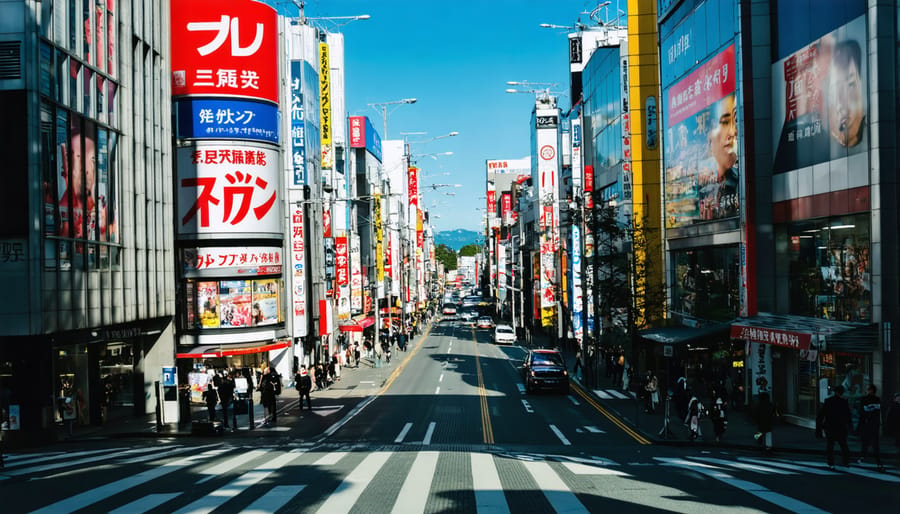
Japan’s influence on photography has been nothing short of transformative, shaping both the technical and artistic landscape of the medium for over a century. From the pioneering days of early camera manufacturing to the digital revolution of the modern era, Japanese innovation has consistently pushed the boundaries of what’s possible in photography.
The legacy of Japanese photography extends far beyond its technological contributions. The unique aesthetic sensibilities developed by Japanese photographers, from the documentary realism of the post-war period to the avant-garde experimentation of the provoke era, continue to inspire contemporary photographers worldwide. This distinctive approach to visual storytelling, blending traditional Japanese artistic principles with modern photographic techniques, has created a rich visual language that remains influential today.
Looking ahead, Japanese photography shows no signs of slowing its evolution. As we move deeper into the digital age, Japanese manufacturers continue to lead in developing cutting-edge imaging technologies, from advanced mirrorless systems to computational photography. The country’s photography culture remains vibrant, with new generations of photographers reinterpreting traditional themes while exploring contemporary social issues through their lens.
The future of Japanese photography appears particularly promising in areas like artificial intelligence-enhanced imaging, sustainable camera manufacturing, and innovative mobile photography solutions. These developments suggest that Japan will maintain its position at the forefront of photographic innovation while preserving its unique artistic heritage.
Perhaps most importantly, Japan’s enduring contribution to photography reminds us that technical excellence and artistic vision need not be mutually exclusive. The harmonious balance between innovation and tradition, precision and creativity, continues to define Japanese photography’s global impact. As we look to the future, this legacy serves as both an inspiration and a blueprint for the next generation of photographers and imaging technologies.
As photography evolves in unexpected ways, Japan’s role in shaping its future remains as crucial as its influence on its past. The continued exchange of ideas between Japanese and global photography communities ensures that this rich heritage will continue to grow and adapt, inspiring new possibilities in the art and craft of photography.


